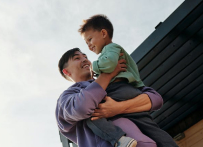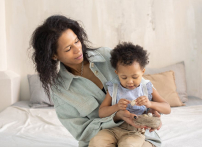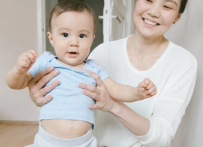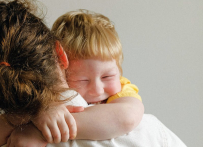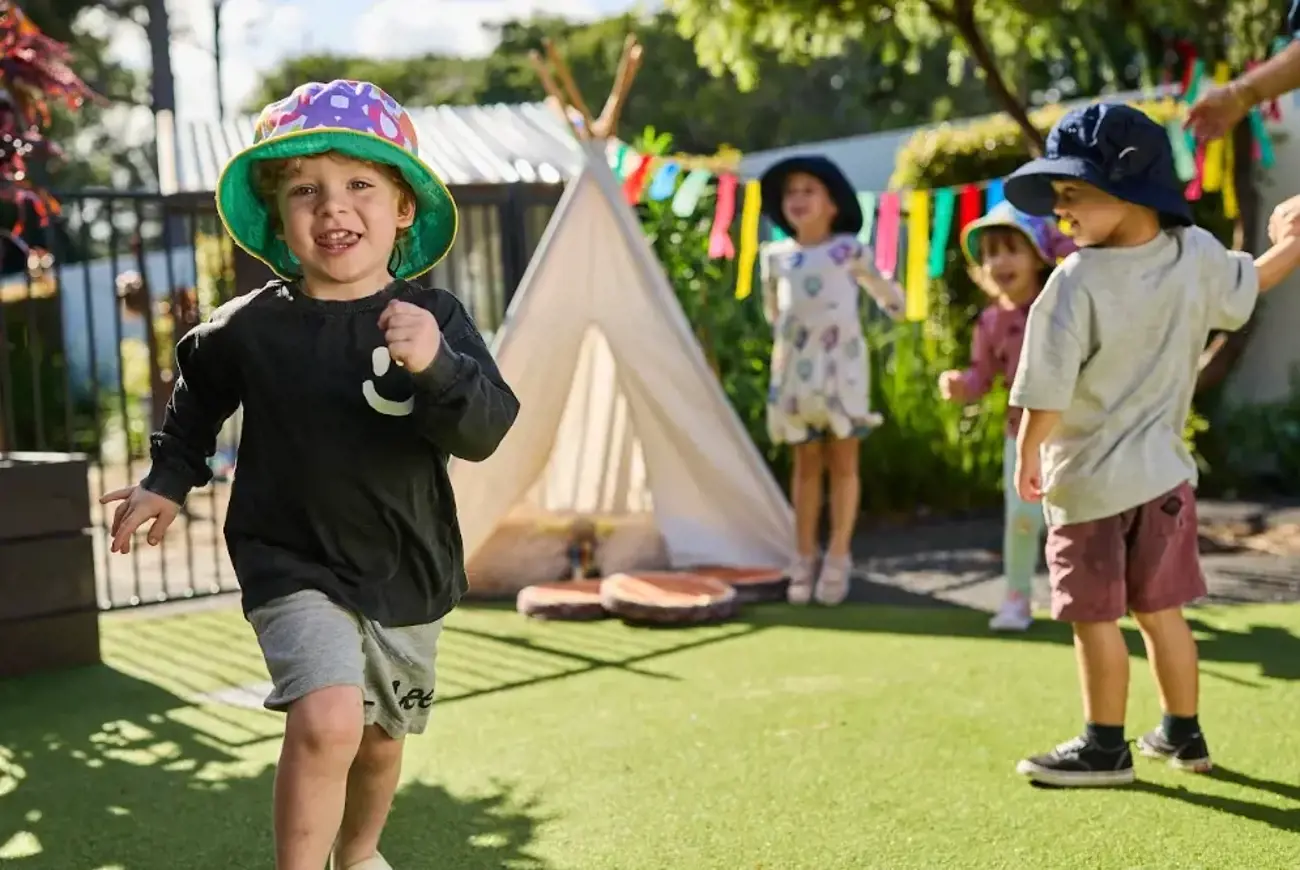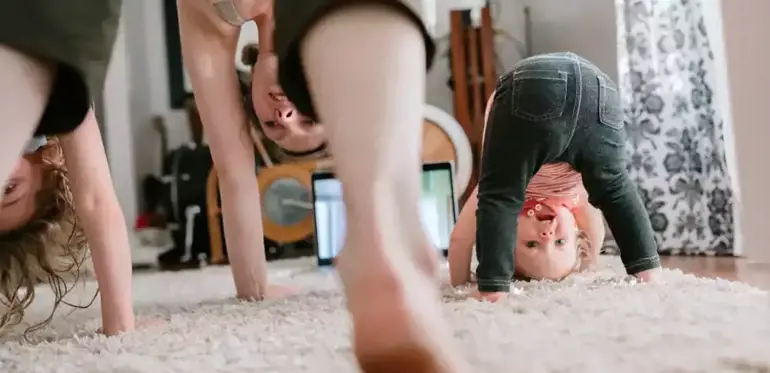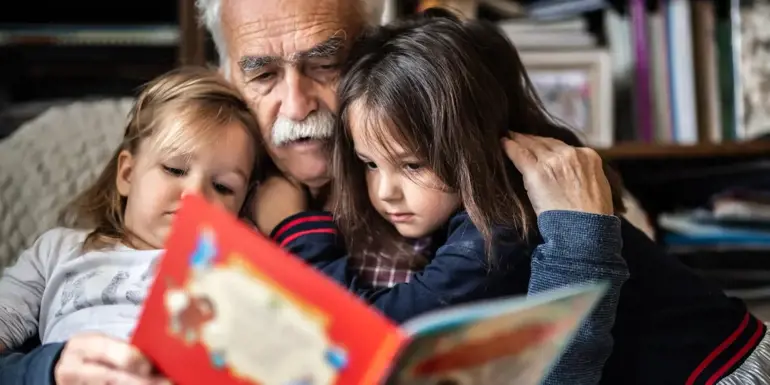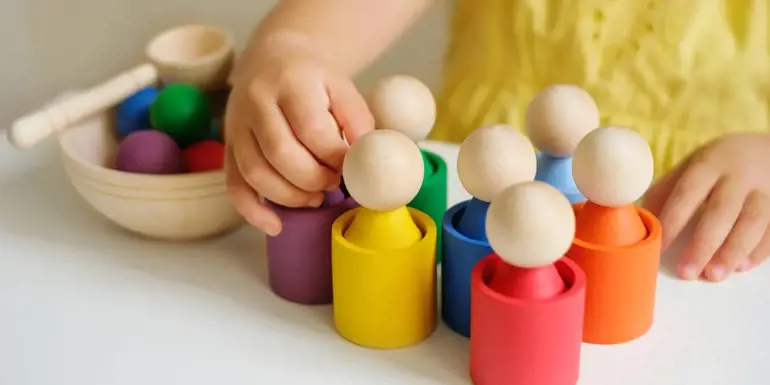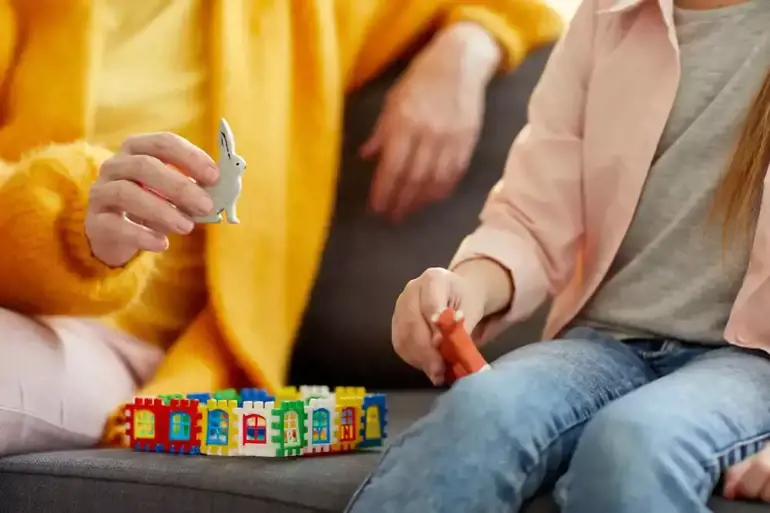Starting school is a major milestone, not just for your child but for the entire family. It’s a time of growth, change, and new routines, often accompanied by a swirl of emotions like excitement, nervousness, and anticipation. For both parents and children, this transition is much smoother when approached as a collaborative effort between families and early learning educators.
Creating effective partnerships during this phase can make all the difference. “Transitions are emotional - for parents and children alike," explains Leanne Cain, Chief Pedagogy and Safeguarding Officer from Busy Bees. "When families and educators work together, we can shape an experience that sets children up for success, not just academically but socially and emotionally too.”

School Readiness is a Team Effort
School readiness goes beyond simple milestones like recognising letters and numbers. It’s about preparing children for the broader school environment. Key skills include navigating routines, forming relationships, managing emotions, and developing a love of learning. These are significant developmental achievements, and children thrive when adults work together with their best interests at heart.
“School readiness isn’t about rushing children to the next phase,” explains Leanne. “It’s about meeting them where they are and guiding them gently towards what’s next. The process works best when there’s open communication between families and educators, so no one feels they must do it alone.”
By joining forces, parents and early learning centres can identify strengths and opportunities unique to each child. Parents bring valuable insight into their child’s personality, interests, and needs. Educators, with their training and experience, can suggest approaches to help children thrive in a group setting while gaining confidence and independence.
The Emotional Leap for Parents
School transitions aren’t just a change for children; they’re deeply felt by parents too. It’s natural to feel pride, excitement, and even a little worry about how your child will adapt without you in the room. Together with educators, families can address these emotions constructively.
“Establishing trust early on is key," continues Leanne. "Parents should feel like they’re part of the learning process, not separate from it. If you know what’s happening during the day and can see your child progressing in their own way, it’s easier to approach the school transition with confidence.”
Parents can prepare emotionally by asking questions, getting involved in conversations about their child’s day, and celebrating daily achievements like making a new friend or learning to manage a tougher emotion.
Building Practical School-Readiness Skills
While emotional and social skills are important, practical aspects of school readiness also play a vital role. Being school-ready at Busy Bees means learning how to express feelings, connect with others, make decisions, and, yes, even mastering school-day routines like putting on a hat or packing up a lunchbox!
“Even small wins can make a big difference,” says Leanne. “The goal is always to empower a child to feel capable and prepared to face challenges on their own. But it’s easier when those skills are fostered in a safe, playful environment first.”
Play-based learning is a helpful tool for building readiness. Through activities such as storytelling, role play, and problem-solving games, children develop cognitive skills while also learning to engage with peers and manage transitions smoothly.
Supporting Your Child Step by Step
Collaboration between families and early learning centres involves continuous communication. Whether it’s a quick handover in the morning, updates shared about a child’s progress, or scheduled meetings to discuss goals, staying on the same page builds trust and helps the child feel consistently supported.
“Families are their child’s first teachers,” Leanne emphasises. “When we align our efforts, a child gets the best of both worlds. They feel supported at home and in their learning environment, which results in stronger outcomes overall.”
Practical ways for families to stay engaged might include sharing observations from home, offering feedback to help shape learning activities, or taking part in centre events. These moments of collaboration not only prepare children for formal schooling but also nurture a lifelong bond with learning.
A Shared Journey
Ultimately, the transition to school is a shared experience. It’s about a community coming together to help children reach their potential and parents feel secure in their important role. The relationships built along the way can create a bridge between early learning and school, making the process feel smoother for everyone.
"At the heart of school readiness," Leanne concludes, "is connection. When parents and educators partner to celebrate a child’s individuality and work through challenges together, it’s a powerful thing. Children gain confidence not only in themselves but also in the support network that surrounds them.”
With a focus on partnership, families and early learning centres ensure this big milestone becomes a positive, meaningful step into the future—for both children and their parents.
Find out more about Busy Bee’s school readiness programs to get your child ready for the big move.



























